|
Up until this point, this Expedition Playbook series has focused largely on training and preparation. Today, we’re going to pivot to in-race considerations. The next several articles will tackle selected topics related to the actual experience, strategy, skills, and approaches that will come up after you and your team cross the start line. First up: Sleep Strategy. Multiple nights of continuous racing is, perhaps, the single biggest difference between shorter day-long events and expedition racing. The sleep deprivation piles up, and past three days, racing straight through really isn’t an option. Even in a 72-hour event, most teams will sleep a bit. Past three days, however, sleep strategy really becomes its own discipline. And it’s an important one. How your team approaches sleep can radically impact your experience and race. Extreme sleep deprivation also adds risk to the event, so safety comes into play. Sleepy racers have a harder time navigating effectively. Exhaustion can breed a false sense of reality, and teams can throw away tens of hours of productive racing to inefficiency, wasted time, mistakes, and more. Tempers fray and sometimes break, and for some teams, bad sleep strategy can become an insurmountable obstacle, preventing individuals or teams from reaching the finish line. At the same time, expedition races are massive undertakings, so there is a constant sense of pressure to GO, GO, GO! Many believe that stopping to sleep means they will run out of time. Those looking to compete against other teams – versus the course – worry that they will fall too far behind. While some of this may, at times, be true, there are a number of myths out there about sleeping…or not sleeping…in an expedition race that deserve your team’s attention prior to confronting sleepmonsters on a dark, rainy night. And with some exceptions, effective and well-timed sleep management will most likely lead to a more enjoyable and successful experience and often times a better finish. Myth #1: Adventure racers don't sleepWe do actually, and many of us try to sleep very deliberately! In races under 48 hours, most experienced racers try to go wire to wire without any shuteye; if you want to compete, you likely won’t be able to afford much if any sleep. Past that 48-hour range, however, most teams start to work sleep into their race strategy. For a three-day race, that may just be a few hours on night two. In races of four days are more, most of the top teams in the world are sleeping two, three, even four hours almost every night once they hit night two. This may not sound like a lot for a sport that runs continuously over several days, but compared to many teams who measure successful sleep in minutes vs. hours, that’s a full night sleep! myth #2: sleeping on the trail is the only way to goYears ago, in the midst of a five-day race (location and teammates shall remain anonymous), we were digging into night two. The team was exhausted, a cold rain was falling, and we were setting off on a leg that we knew would offer us no reprieve. It was the kind of situation that any experienced team knows can end in disaster.
In that unnamed five-day race, another teammate scoffed. “We aren’t out here to sleep in a hotel,” they said. We then “slept” on a cold concrete bus platform two blocks away, shivering for an hour or two… We know adventure racers enter the woods to test themselves against the elements. We also know that a long, cold, dark bike stage will always be more enjoyable if it follows a couple hours of sleeping in a comfortable and warm spot.
Time and again, the more rested teams take advantage of the rest of the field’s fatigued states as multi-day races wear on. Where you sleep really can make a huge difference. Some other considerations on this point:
myth #3: 15 minutes, when someone needs it, is enoughThere are times when a quick nap IS enough, but anyone who has studied sleep or who has experienced sleep deprivation knows that fifteen minutes here and there might be enough to keep the train inching along, but it’s almost never enough to get that train cruising for a sustained period of time. It’s appropriate when you just need to get to the end of the leg and the wheels are coming off, but it should not replace more legitimate sleep. Let’s take the legendary Kiwis from Avaya/Seagate as an example. They tend to race through night one, but they then settle into banking sleep most nights, if not every night, thereafter. Often a couple or even several hours of sleep at a time. Their race resume speaks for itself.
myth #4: ta's are the best place to sleepSometimes they are! But often they are not. True, you may have the luxury of better access to sleeping gear (tents and sleeping bags if you don’t have to carry them on course, inflatable sleeping pads, inflatable pillows, etc.) and you will be near your gear bins, so extra food and clothes will be available.
Sleeping out of TA comes with different challenges (mostly related to what gear you have with you to sleep comfortably and where you will decide to physically lie down), but most experienced teams avoid TAs if there are other options. For other options, review Myth 2! final thoughtsLike anything with AR, there is no right way to approach sleep strategy. The reality is, your team will experience highs and lows with sleep, regardless of how well you plan it out ahead of time. One teammate will be asleep on their feet and the others will be wired. Two people will bank some good sleep on night two, but the rest of the team will toss and turn and “wake up” more tired than when they laid down. You will make a bad decision or be forced into an unplanned sleep that isn’t restorative or productive. You will need to be flexible and adapt, knowing that the best laid plans may be immediately ruined by a navigation error that delays you by several hours, disrupting your entire plan for multiple nights of sleep. Still, planning and strategy can go a long way. Talk as a team and approach sleep as the fifth discipline of expedition racing after running, biking, paddling, and navigation. We’ll leave you with some final nuts and bolts to toss around as you plan for this added challenge:
pace. Take care of your teammates; if this means sleeping, whether it be a maintenance nap or a strategic big block of rest, do it.
You enter the woods for the love of the journey, in all its highs and lows. It’s much easier to enjoy that journey when you are in a good mood, sharper with your navigation, and moving efficiently. Without sleep, it’s much harder to really enjoy life. Race or not.
0 Comments
Your comment will be posted after it is approved.
Leave a Reply. |
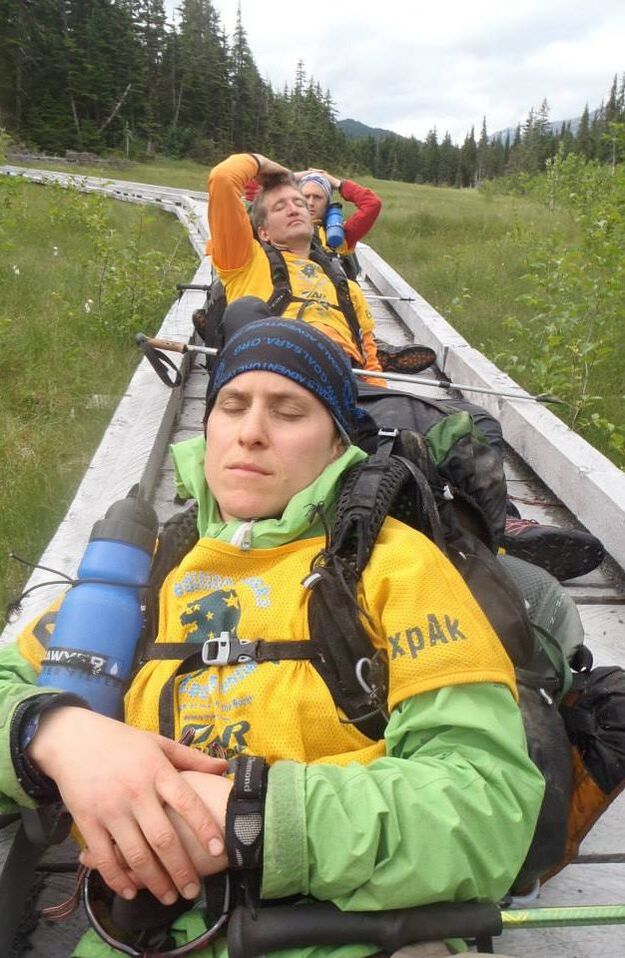
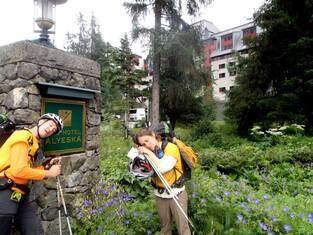
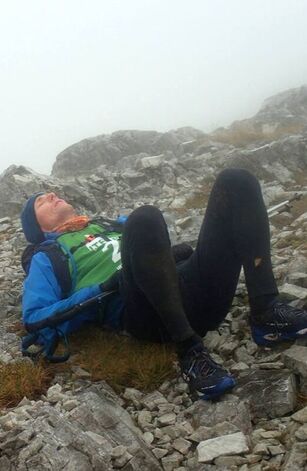
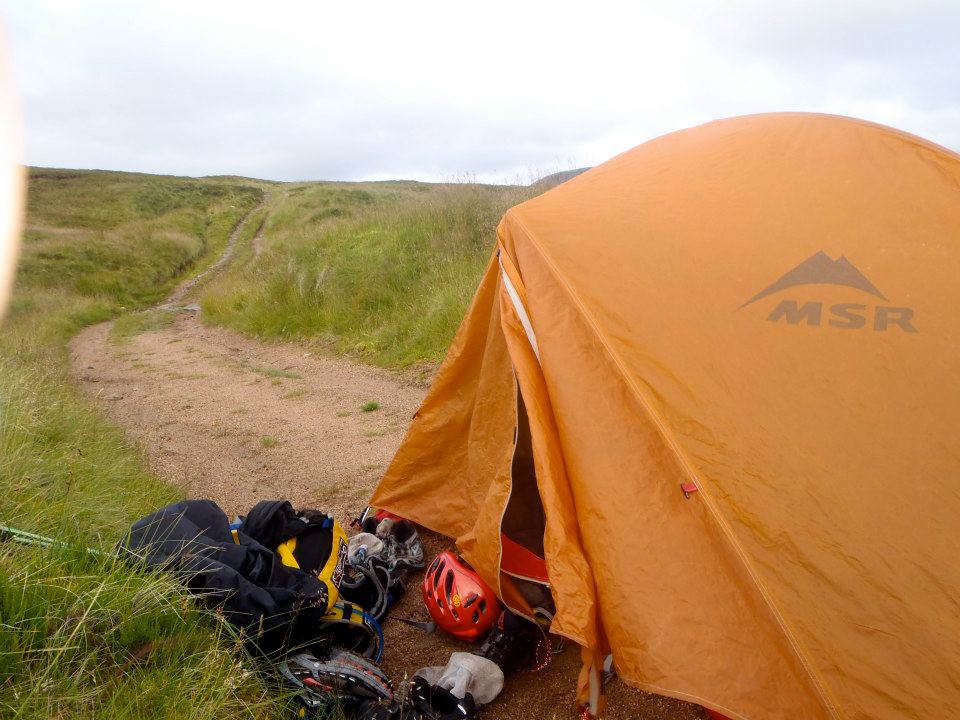
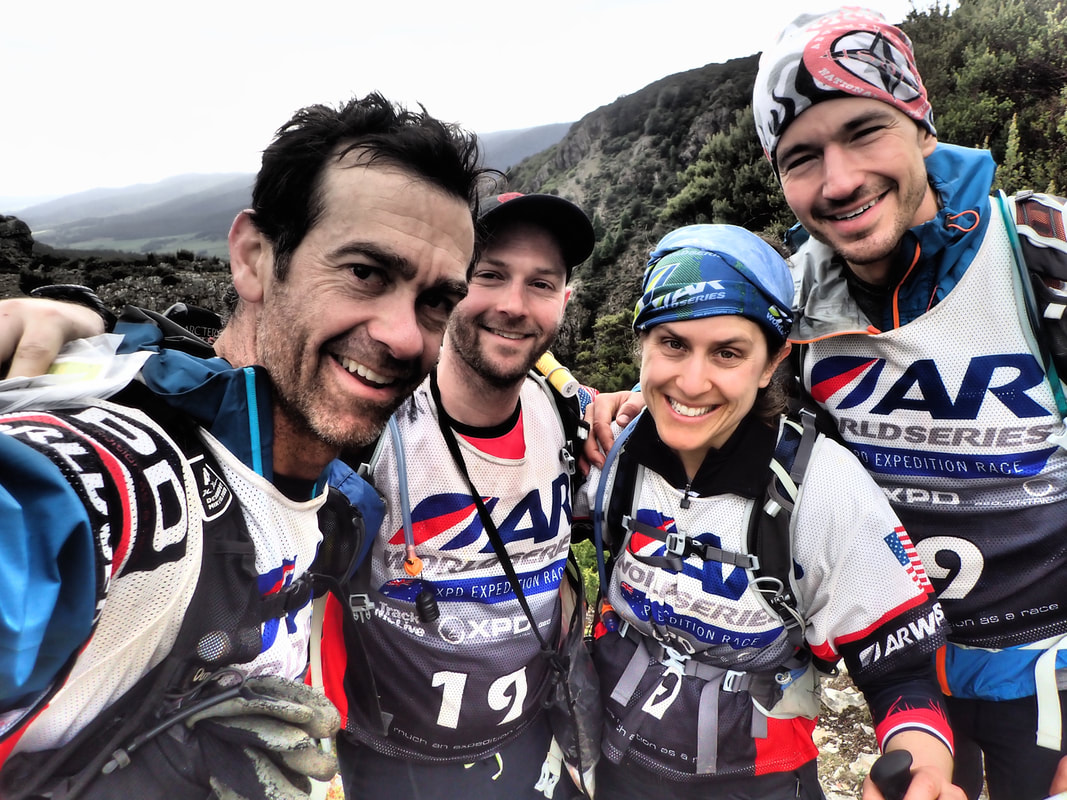
 RSS Feed
RSS Feed
